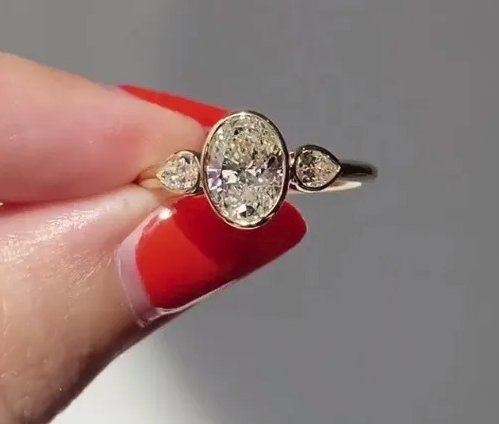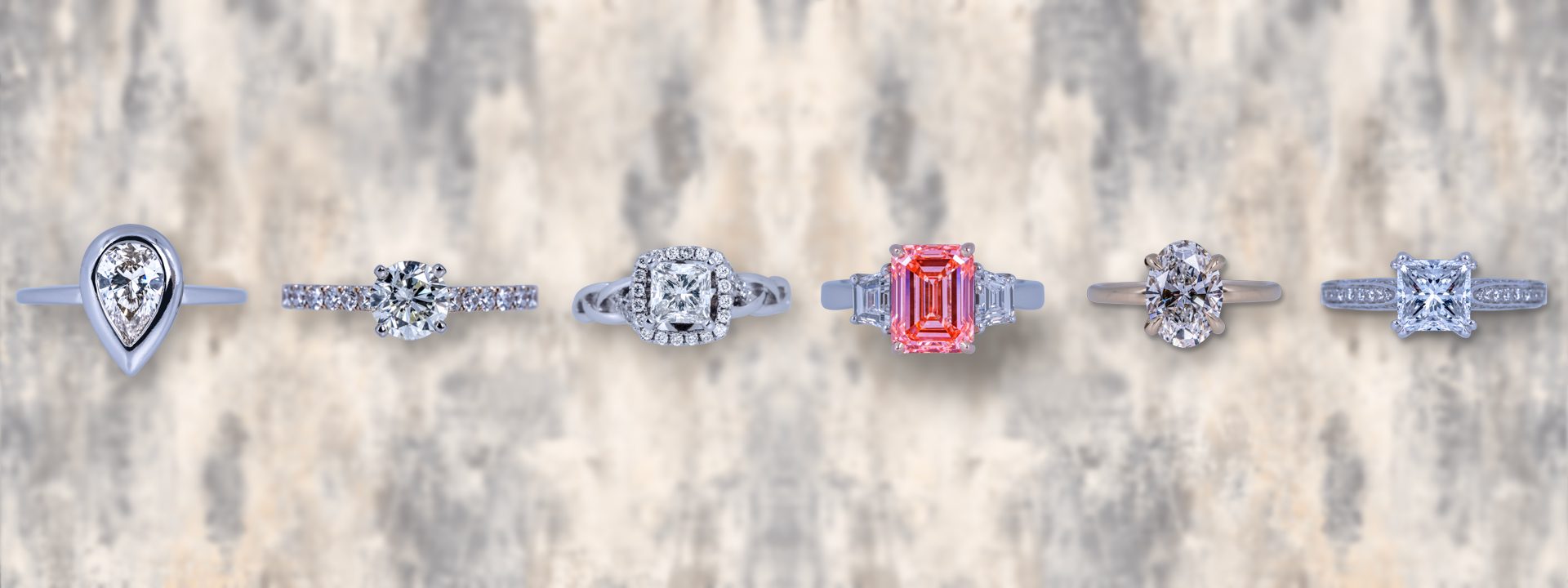Most women dream of the day the love of their life pops the question. They envision their beautiful engagement ring shining on their hand and can’t wait to show it off to the world. Most women also lead very active lives and are terrified of losing or damaging their sparkling symbol of love. Constantly removing your engagement ring for fear of losing it actually increases your chances of misplacing it!
So, when shopping for your future fiancé’s dream ring her lifestyle needs to be taken into consideration. You wouldn’t want to buy a ring she’ll rarely be able to wear, right? When purchasing an engagement ring most people are solely focused on the appearance. But when looking for the best engagement ring for active women there are other things that need to be considered as well – durability and comfort. If your future bride-to-be is always on the go, you want to be sure you find a ring that will perfectly fit in with her life. But how do you balance beauty with practicality?
The Bezel Setting
The bezel setting is an active woman’s best friend. Bezel settings offer a ring of protective metal around the girdle of the center stone. This protects the delicate stone from being chipped or damaged. This also helps prevent any potential snagging or scratching, which is a common issue with prong or claw set rings. This setting is great for women who:
- Participate in extreme or contact sports like soccer, softball, basketball, snowboarding, etc.
- Regularly go to the gym and lift weights
- Enjoy hobbies that require constant use of the hands like pottery, woodworking, kitting, etc.
- Constantly use their hands at work (doctors, hair stylists, chefs, etc.)
- Seem to be especially clumsy – always tripping or bumping into tables and walls, etc.

Center Stone Shape
Another factor to consider when looking for the best engagement ring for active women is the shape of the diamond or colored gemstone you choose. Sharp points and corners, like those seen on princess, pear, and marquise cuts, can more easily snag on clothes and hair. They are also more at risk of chipping or breaking when accidentally banged on a hard surface. The ideal cut for an active woman’s engagement ring should have smooth edges. The gentle curves of round or oval cuts are a great way to ensure the center stone of your engagement ring stays looking impeccable and remains unblemished.
Metal Type
Last, but most certainly not least, is the type of metal you choose for an active woman’s engagement ring. There are many different precious metal options, and you should go with the one that best fits her style. However, platinum is recommended for those who lead active lives. Platinum is the most durable precious metal and will be better able to handle hard blows and rough wearing. Platinum is a popular choice due to its hardness (resistance to being scratched), toughness (resistance to being bent), and natural white sheen. It’s also naturally hypo-allergenic, making it even more irresistible!
The best engagement ring for active women is comprised of three main factors: a bezel setting, a round or oval shape, and a platinum band. These factors will ensure a beautiful, comfortable, and secure ring that she’ll be able to show off no matter what she’s doing. You can also find a gorgeous bezel set wedding band to perfectly match her engagement ring!
If you think a bezel set ring is the perfect fit for your future wife, visit Leo Hamel Fine Jewelers on San Diego Avenue. Our vast collection of bezel set rings features everything from classic solitaires to unique, vintage three stone rings. The active woman in your life will be grateful you thought about her love for adventurous activities. She’ll cherish her ring – and you – for a lifetime.

